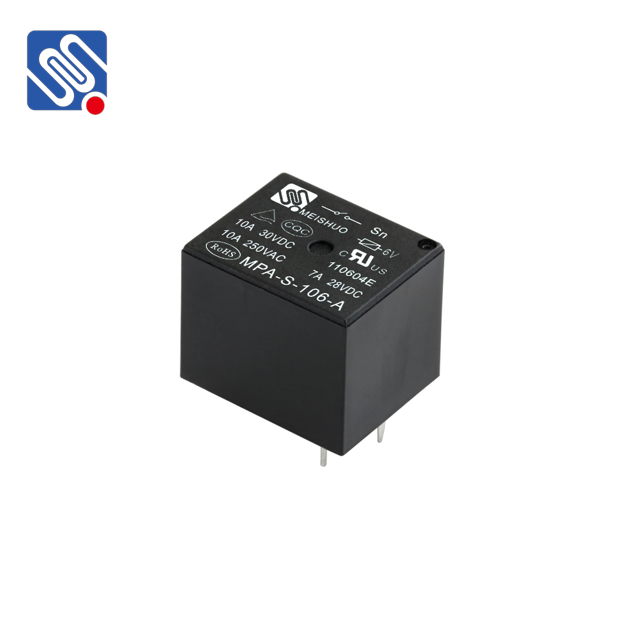Relays are essential components in electrical and electronic systems, playing a crucial role in switching circuits on and off. One of the key specifications to consider when selecting a relay for a particular application is its current rating. The relay current rating refers to the maximum current that the relay can handle safely during normal operation without risking damage or malfunction. In this article, we will explore the significance of relay current ratings, how they are determined, and the factors to consider when choosing a relay for your circuit.

What is Relay Current Rating? The relay current rating indicates the maximum amount of current that the relay’s contacts can carry or switch without causing overheating, contact degradation, or potential failure. This rating is crucial because if the current flowing through the relay exceeds its rated value, it can cause the relay contacts to wear out prematurely or even burn out. The current rating is typically specified for both the steady-state (continuous current) and transient (inrush) conditions. Relays are commonly classified based on their ability to handle current in different operational states, such as:
Leave a Reply